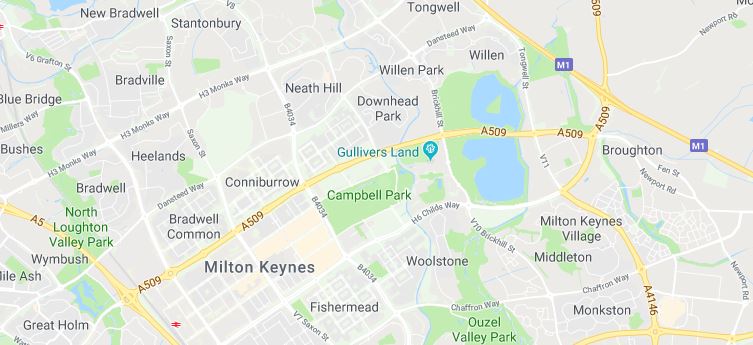Traditional PSTN Links
Traditional wired PSTN links are still favoured in certain situations. Traditional links to the PSTN take the form of Analogue or Digital (ISDN) trunks. Analogue and ISDN lines are not packet-based connections like Ethernet or ADSL - therefore they have a fixed and guaranteed quality. They're also provided as point to point links, so there is no contention with anyone else.
ISDN
ISDN is likely to be available for another few years across the world until it is completely superceded by packet-based communications. We still recommend ISDN as a reliable, resilient and diverse connection to the PSTN - often as a backup line which is used as a failover if there is a problem with the ethernet network, internet connection or SIP trunk provider. ISDN circuits can be brought together in groups under a single 'bearer' to be a treated as a single connection of all the combined idle trunks.
ISDN comes in two flavours:
ISDN30 is a 2Mhz connection with 30 x 64k channels, each carrying single phonecalls at G.711 compression. In some circumstances they're also used as 30 x 64k connections for data only, giving an uncontended transfer rate of around 2Mb per second. In territories outside the UK, the equivalent is often known as T1, which runs at 1.5Mhz and carries up to 23 x 64k channels. A T1 for voice calls is also often known as a PRI (short for Primary Rate).
ISDN2 provides 2 x 64Kbps data connections or two digital speech channels also at G.711.
Analogue
Analogue lines are still very much sold and used for basic connectivity such as alarm lines, lift emergency lines, fax lines or the basis of ADSL connections. In many circumstances the service which requires an analogue line can also work over the internet, but as that has a more likely failure rate than a self-powered point to point analogue line, it can often make more sense to keep an analogue line.

